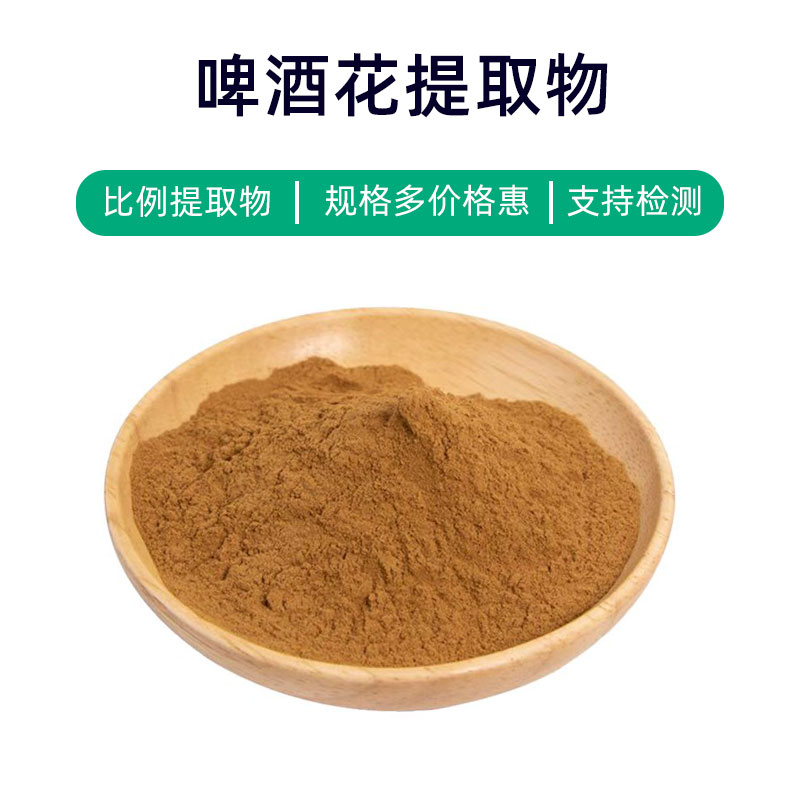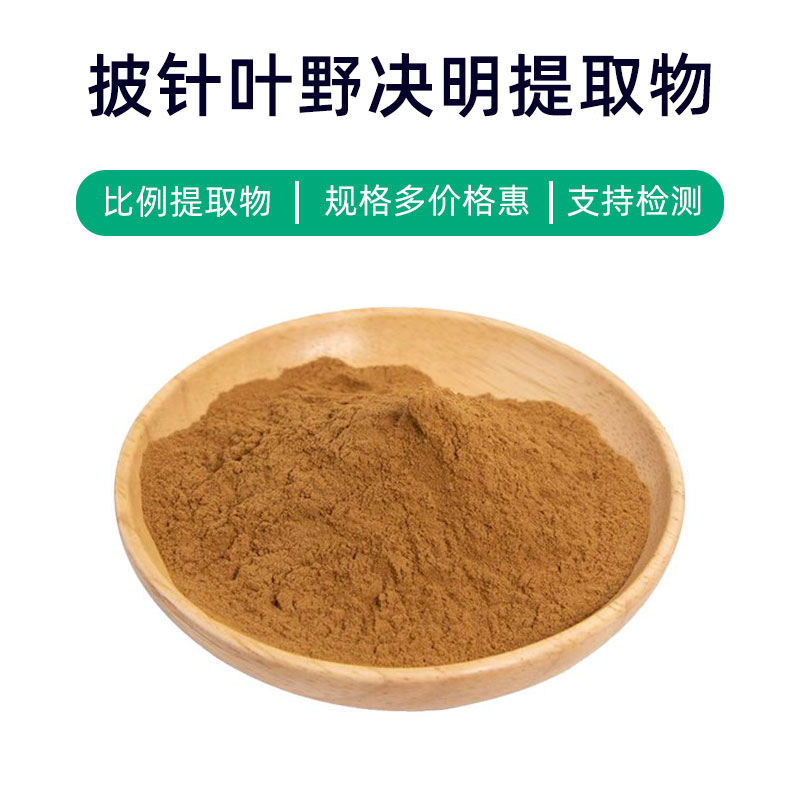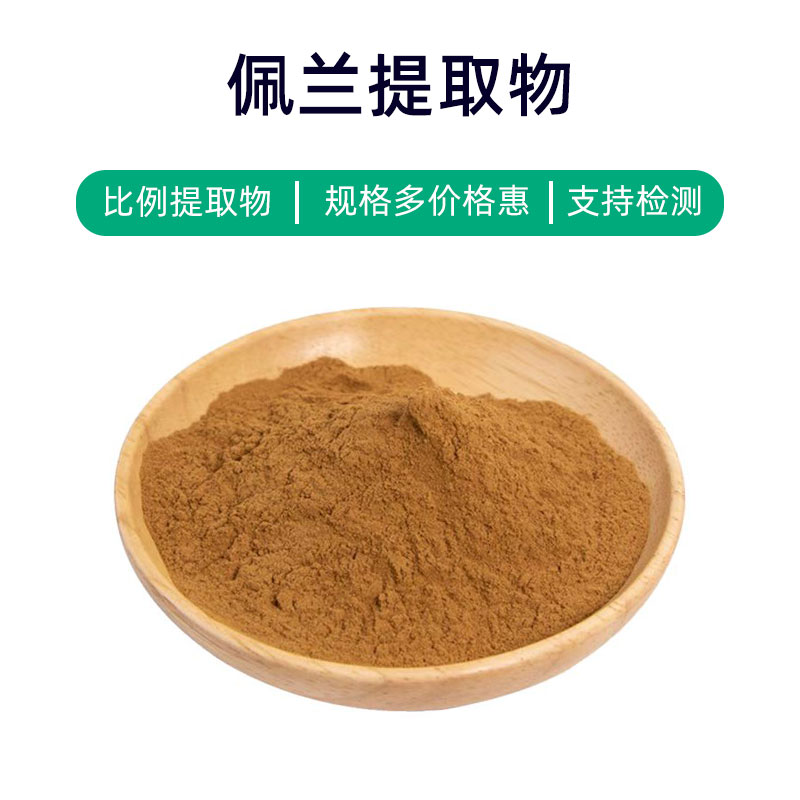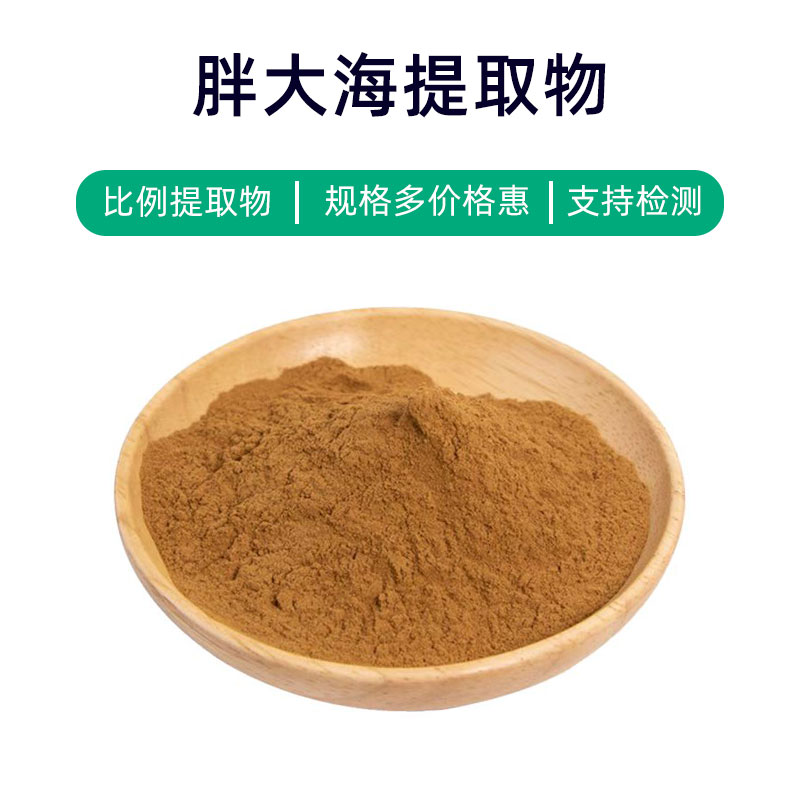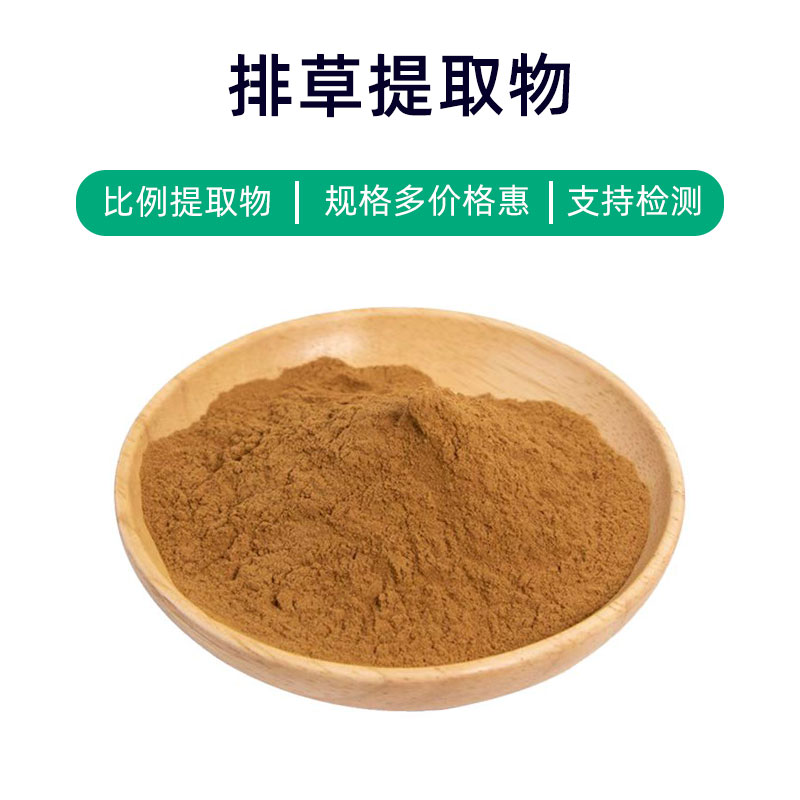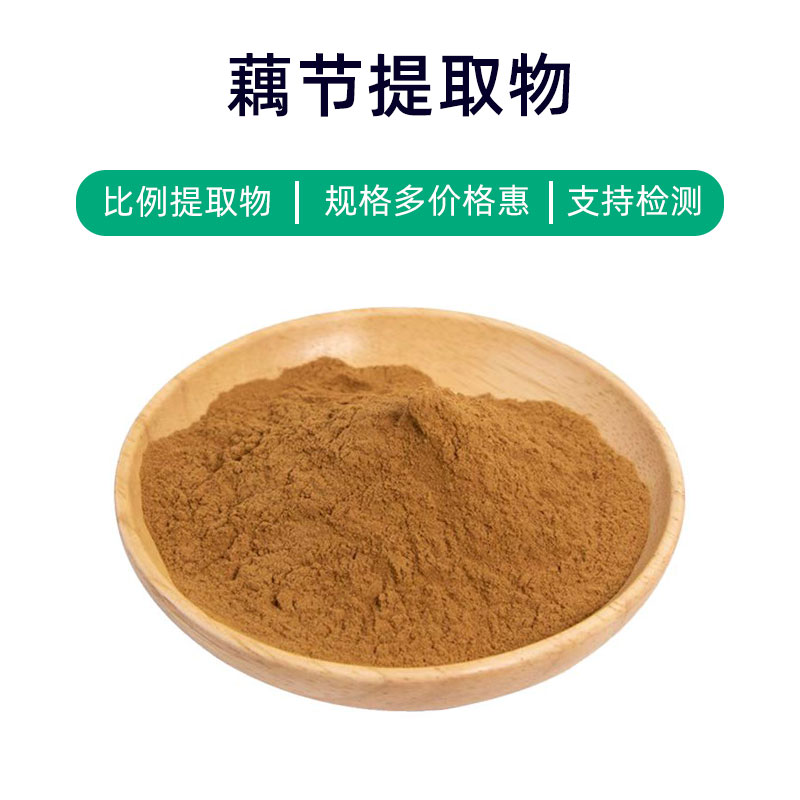Kombu Extract Product Introduction
Kombu extract is an extract derived from Kombu (Laminaria japonica) seaweed, primarily composed of alginate, fucoidan, chlorophyll, and other bioactive components. Kombu extract has a wide range of applications in the food, dietary supplement, and cosmetics industries. Its benefits can be summarized as follows:
- Nutritional Supplementation: Kombu extract is rich in various nutrients, including vitamins, minerals, and proteins, providing essential nutrition to support health.
- Antioxidant Properties: Components such as fucoidan and chlorophyll in kombu extract have strong antioxidant effects, helping to eliminate free radicals and slow down cellular aging.
- Moisturizing: The polysaccharides in kombu extract can form a moisture-retaining barrier, effectively locking in hydration and keeping the skin supple.
- Anti-inflammatory: Some studies indicate that certain components in kombu extract possess anti-inflammatory properties, which can help relieve skin discomfort and reduce inflammatory responses.
In the food sector, kombu extract is often used in seasonings and food additives, enhancing the flavor and nutritional value of foods. In supplements, kombu extract is made into nutritional supplements to improve dietary deficiencies and boost immunity. In cosmetics, it's commonly found in skincare products and masks, providing moisturizing, antioxidant, and soothing effects. Overall, kombu extract is a natural seaweed extract with multiple benefits, widely favored in food, dietary supplements, and cosmetics.
Production Process of Kombu Extract
The production process of kombu extract includes steps such as harvesting kombu, preliminary processing, extraction, and refinement.
- Harvesting Kombu: Fresh kombu needs to be harvested at suitable seasons and locations. Kombu typically grows on submerged rocks or reefs, and choosing high-quality kombu is crucial for ensuring product quality.
- Preliminary Processing: The harvested kombu must be cleaned and initially processed to remove impurities, sand, and marine debris. This step helps minimize contamination in the subsequent extraction process.
- Extraction: After washing, the kombu is chopped and ground before being placed in extraction equipment. Common extraction methods include water extraction, alcohol extraction, and supercritical fluid extraction. It is essential to control parameters such as temperature, time, and pressure during extraction to ensure efficiency and purity.
- Refinement: The resulting liquid is purified through processes such as filtration, concentration, crystallization, and sedimentation. These steps help remove impurities and enhance the product's purity and stability.
- Drying and Packaging: The refined kombu extract needs to be dried, commonly using spray drying or vacuum drying methods. The dried extract is then ground and classified to achieve the desired granule size. Finally, the finished kombu extract is packaged according to specific standards to ensure product quality and shelf life.
The entire production process requires stringent control over operational parameters and hygiene conditions at every stage to ensure product quality and safety. Additionally, process optimization and improvements should align with the intended use and market demands.
Effects and Side Effects of Kombu Extract
As a natural seaweed extract, kombu extract has wide applications and offers various benefits.
- Nutritional Supplementation: Kombu is rich in essential nutrients like iodine, calcium, potassium, magnesium, iron, and vitamins, helping to meet the body's daily nutritional needs and promoting healthy growth.
- Antioxidant Effects: Kombu contains abundant natural antioxidants, such as polyphenols and polysaccharides, which help eliminate free radicals and slow the aging process.
- Immune System Support: Kombu contains various bioactive compounds that help regulate immune function, enhancing resistance to infections and diseases.
- Lipid Regulation: Some active ingredients in kombu have been shown to regulate lipid metabolism, lowering cholesterol and triglyceride levels, which is beneficial for preventing and improving cardiovascular diseases.
- Gut Health Promotion: Kombu is high in dietary fiber and polysaccharides, promoting bowel movements and preventing constipation and gastrointestinal disorders.
- Blood Sugar Regulation: Certain active compounds in kombu help regulate blood sugar levels, making it beneficial for preventing and assisting in the treatment of diabetes.
Kombu extract is generally safe and does not usually cause severe side effects. However, some individuals may be allergic to iodine found in kombu or experience adverse reactions, so moderation is advised when consuming kombu or its extract. Pregnant women, nursing mothers, and individuals with thyroid issues should consult healthcare professionals before consumption. Overall, kombu extract as a natural health food offers numerous benefits when consumed appropriately, but individual variations and excessive intake may lead to adverse reactions.
Application Scenarios and Dosage of Kombu Extract
Kombu extract has widespread applications in medicine, food, and cosmetics. Here are the primary scenarios and recommended dosages:
- In Medicine:
- Thyroid Disease Prevention: Kombu, rich in iodine, can help prevent and assist in treating hypothyroidism, with a suggested daily intake of 3-5 grams.
- Anti-tumor Effects: Various active components in kombu possess antioxidant and anti-tumor effects, recommended for adjunct tumor therapy with a daily intake of 10-20 grams.
- Blood Sugar Regulation: The polysaccharides can help regulate blood sugar levels, suitable for aiding in diabetes treatment, with a recommended daily intake of 5-10 grams.
- In Food:
- Seasoning: Kombu extract can be used as a seasoning to enhance food flavor and taste; the amount used can be adjusted according to personal preference.
- Dietary Supplements: Kombu extract can be formulated into nutritional supplements or functional foods for health benefits, with a recommended daily intake of 3-5 grams.
- In Cosmetics:
- Skincare Products: With moisturizing, antioxidant, and anti-inflammatory properties, kombu extract can be used in skincare products such as masks and lotions; the amount can be adjusted based on the product formula.
- Hair Products: Kombu extract is also utilized in hair care products like shampoos and conditioners, contributing to hair hydration and improving texture; usage amounts can be adjusted based on the product formula.
In summary, kombu extract holds significant value across medical, food, and cosmetic applications. However, it is crucial to control dosages according to specific circumstances and product formulations to avoid adverse reactions. Special populations, including pregnant women, children, and those with allergies, should use kombu extract under the guidance of healthcare professionals.
Introduction to the Source Plant of Kombu Extract: Distribution and Growth Environment
Kombu, scientifically known as Laminaria japonica, is a type of brown algae belonging to the Phaeophyta division, commonly found in the ocean. Here’s an overview of the source plant, its distribution, and growth environment:
- Plant Introduction:
Kombu is a perennial large brown algae, typically ribbon-like or linear, growing about 2-3 meters long and 20-40 centimeters wide, with thick, soft leaves. Its broad leaves are smooth and display a deep brown or brownish color, with a soft texture but some toughness. - Distribution:
Kombu mainly thrives in temperate and cold waters of the Northern Hemisphere, particularly in East Asia. It’s found along the coastlines of countries like Japan, China, Korea, and Russia. - Growth Environment:
Kombu typically grows on rocks, reefs, or in artificial cultivation structures in intertidal zones to shallow waters. The optimal growth temperature is between 5-15 degrees Celsius, with a salinity range of 28-33‰. Kombu requires ample sunlight and essential nutrients like silica, nitrogen, and phosphorus for growth and development. - Growth Cycle:
Kombu has a growth cycle of about one year, encompassing stages of sprouting, growing, maturing, and reproducing. It primarily reproduces through the generation and release of spores, which develop into seedlings under suitable environmental conditions before maturing into adult kombu plants. - Ecological Characteristics:
Kombu plays an important ecological role as a common seaweed. It absorbs nutrients from seawater, purifies water quality, offers habitat and breeding grounds for marine life, and serves as a food source for many marine organisms.
Overall, kombu is an important marine plant resource, widely distributed in East Asian maritime areas, with significant economic and ecological value. Its growth environment and ecological characteristics are crucial for maintaining marine ecological balance and improving resource utilization efficiency in the ocean.
Processing and Storage of Kombu Extract
Processing of kombu extract generally involves harvesting, washing, drying, grinding, and extraction. Initially, fresh kombu is harvested, followed by thorough washing to remove seawater, impurities, and microorganisms. Subsequently, it is dried to reduce moisture content. After drying, kombu is ground to a suitable particle size in preparation for extraction. Finally, appropriate extraction methods such as water or solvent extraction are employed to isolate the target substances from kombu.
For storage, kombu extract should be kept in a cool, dry, and well-ventilated environment, avoiding direct sunlight and moisture. Sealing it in airtight containers and storing them in moisture-proof cabinets can extend its shelf life. Additionally, it is advisable to regularly check the appearance and smell of the kombu extract during storage to ensure it remains free from off-odors and mold, thereby maintaining its quality and safety.
Monica Sun is a seasoned expert in the plant extraction industry with over a decade of experience in research and production. She specializes in the extraction and purification of plant active ingredients, focusing on driving innovation in natural product applications. Monica has participated in the development of multiple functional plant extracts, delivering high-value natural raw material solutions for the health food, pharmaceutical, and dietary supplement sectors.









